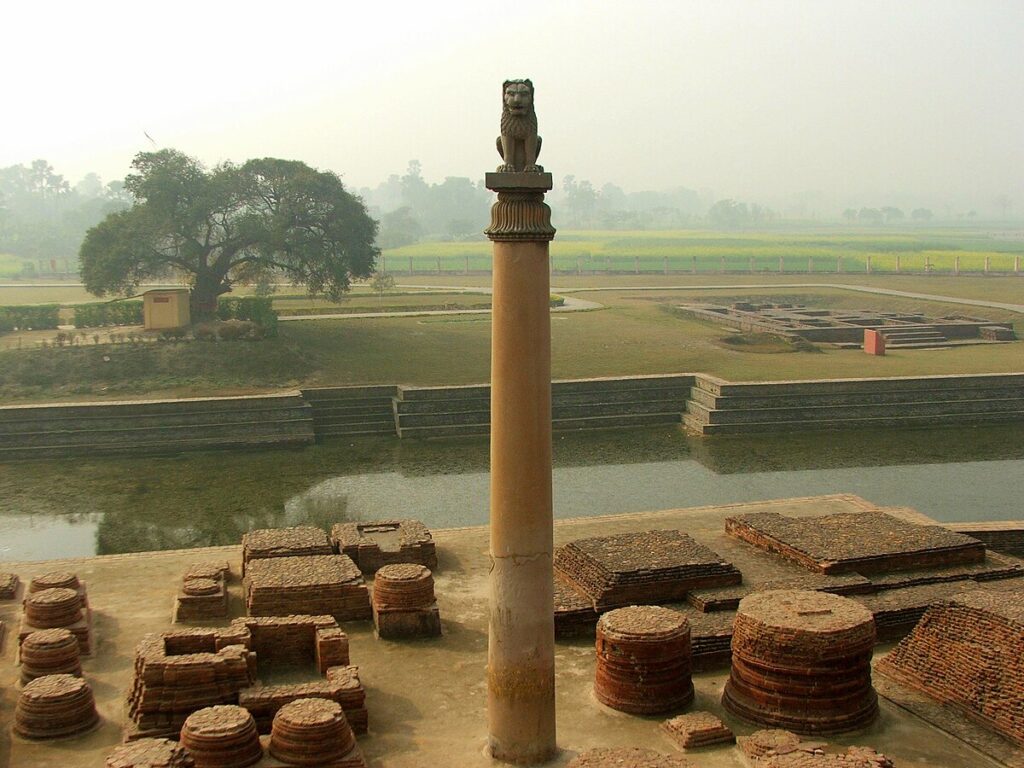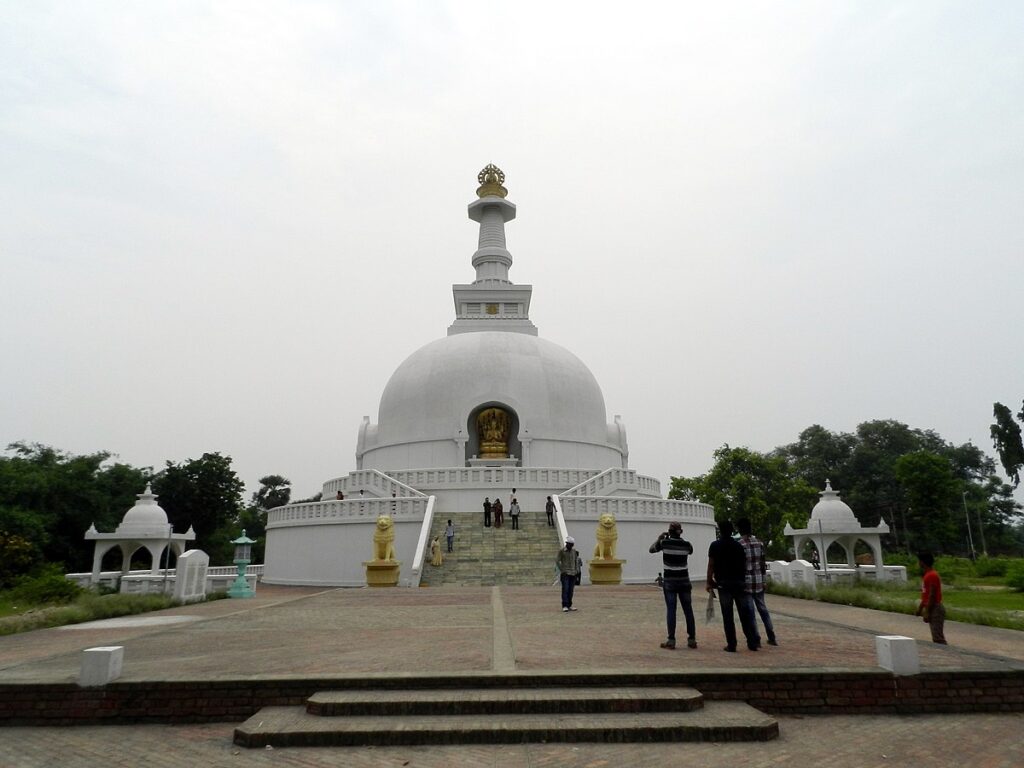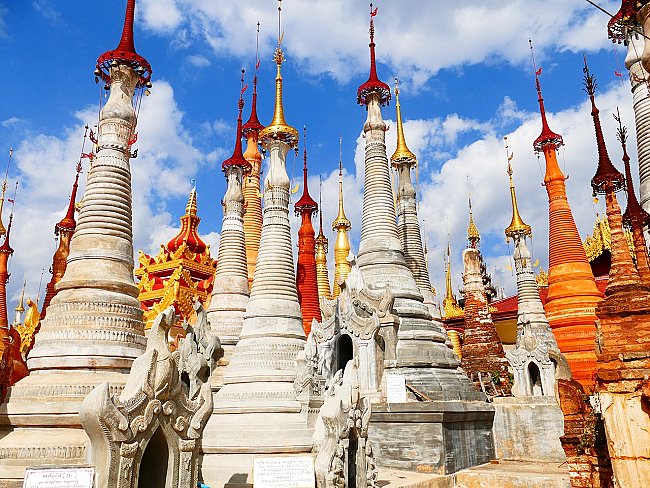Vaishali: A Historical and Cultural Gem of Bihar



Vaishali, located in the modern-day Vaishali district of Bihar, India, is a region rich in historical, religious, and cultural significance. This ancient city has been a witness to the rise and fall of civilizations, and its impact on Indian culture and history is profound. Vaishali holds importance for its association with Jainism and Buddhism, and it remains a prominent archaeological and spiritual site.
Historical Significance
Vaishali’s origins trace back to ancient times, and it was once the capital of the Licchavi republic. This republic was a confederation of the Licchavi tribe, which is believed to have been an early democratic state. The people of Vaishali practiced a form of governance that was ahead of its time, as they operated a republican system in which decision-making power was shared among elected representatives, known as “sabhas.” This makes Vaishali one of the earliest examples of democracy in the world, predating other known democratic systems like those of Ancient Greece and Rome.
The city played a central role in ancient India as a vibrant political and economic hub. It was strategically located along key trade routes, which fostered the exchange of goods, ideas, and culture. The prosperity of Vaishali during this period is evidenced by the numerous inscriptions and relics found in the region.
Religious Importance
Buddhism
Vaishali is most famous for its connection to Buddhism. The city holds a special place in the history of Buddhism as it was here that Lord Buddha delivered his last sermon. In this sermon, Buddha spoke about the impermanence of life and his impending parinirvana, the state of ultimate peace after death. This event is a cornerstone of Buddhist history, and the site is now home to several stupas and monasteries that attract pilgrims from around the world.
The Buddha’s connection to Vaishali is further immortalized by the Ashokan pillar found in the region, which was erected by Emperor Ashoka in the 3rd century BCE to commemorate his conversion to Buddhism. The pillar stands as a symbol of his commitment to the propagation of Buddhist teachings.
Jainism
Vaishali is also an important site for Jainism. According to Jain tradition, it is believed to be the birthplace of Lord Mahavira, the 24th Tirthankara, who is considered the spiritual founder of Jainism. Mahavira’s teachings about non-violence, self-discipline, and asceticism laid the foundation for the Jain faith. As a result, Vaishali holds a special place in the hearts of Jains, and the region remains a key center for Jain pilgrimage.
Archaeological Sites
Vaishali is home to several archaeological sites that offer a glimpse into its glorious past. Among the most notable sites is the Ashokan Pillar, a towering structure made of sandstone that marks the spot where Buddha is believed to have delivered his last sermon. This pillar is an important historical relic, showcasing Ashoka’s commitment to spreading Buddhist values throughout his empire.
In addition to the Ashokan pillar, there are numerous ancient ruins of palaces, monasteries, and temples scattered throughout the region. These structures offer valuable insights into the art, architecture, and religious practices of ancient India. The Vaishali Stupa and the Kundalpur monastery are significant landmarks that attract both historians and spiritual seekers.
Modern Vaishali
Today, Vaishali is a thriving district in Bihar, with both historical and modern aspects coexisting. The region continues to be an important cultural center, attracting visitors for both its spiritual significance and historical legacy. Annual festivals, religious gatherings, and pilgrimages to sites like the Buddha Stupa and the Mahavira Temple draw large numbers of people.
The district’s rural charm, coupled with its deep historical and cultural roots, makes it a unique place in Bihar. The area also boasts a vibrant local economy, with agriculture being the primary source of livelihood for many. However, the tourism sector has also seen a boost due to the historical sites, making it an important contributor to the local economy.
Conclusion
Vaishali stands as a testament to India’s rich cultural and religious history. It is a place where democracy, spirituality, and art once flourished, leaving behind a legacy that continues to inspire people today. Whether for its historical significance as an ancient republic, its religious importance in Buddhism and Jainism, or its archaeological treasures, Vaishali remains a jewel in Bihar’s crown. For history enthusiasts, spiritual seekers, and travelers, Vaishali offers a glimpse into the past that is both fascinating and enlightening.
